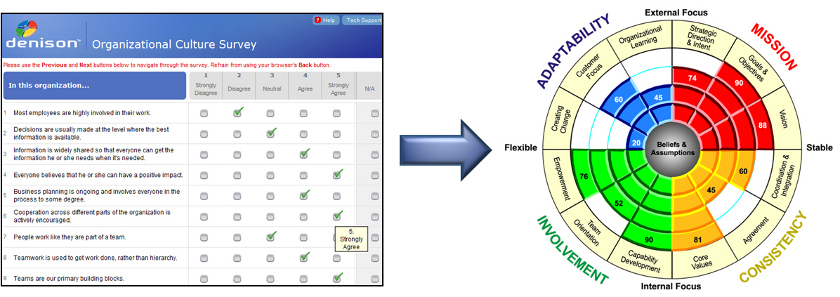How many times have you heard the word toxic lately in connection with workplace behavior? Maybe you’ve experienced it at one time or another in your career. If you work with others for a living, you no doubt have felt the pressure of unreasonable people, expectations or circumstances in the workplace that makes your belly cringe or even worse where it’s prolonged, extended feelings of anxiety. These days it’s almost impossible to turn the pages of any newspaper without reading about workplace behavior, actions or decisions that at the root are called toxic. In our community we’ve read about the city’s handling of the auditor general’s office and not so long ago about the public airing of management laundry of a local hospital. The most recent is the open resignation letter posted in the New York Times by a senior executive of Goldman Sachs. Greg Smith’s criticism of how Goldman Sachs operates and his charge that it lacks “moral fiber” in its treatment of clients had the effect of lowering investor confidence to the tune of $2.15 billion in market value in a single day. That’s a huge price to pay for public perception of culture, accurate or otherwise. If you are a leader of an organization, a middle manager or independent contributor with some leadership responsibility you ought to be concerned with the cost or lost opportunity that culture is having on your competitiveness. Whether you like it or not your performance and competitiveness is linked to how you manage the cultural elements of your business and what it does for your reputation in the market.
Cultural elements include organizational attributes such as how well you are focused on your mission and purpose; are you consistent in practices, systems and well coordinated in terms of objectives and actions; how engaged or involved are your people in their work; is there a capacity to adapt; are you externally (customer) or internally (financially) focused … among other things. There’s no doubt a lot of money is being spent at Goldman Sachs as they scramble to address these elements of culture and their desire to change.
The question for Goldman Sachs or any leader for that matter is: change from what to what? The more precise question is: change from what set of beliefs and value to what set of beliefs and values? These are not merely semantics. It’s meaningful because culture does not change the same way one can change personnel or substitute one thing for another. Culture evolves. It is shaped over time by people in leadership positions who come to their roles with already formed beliefs and value systems that eventually become ingrained in organizational practices. Over time they either enable an organization to prosper or they chill its ability to operate at higher levels of performance. So, if you’re not a start up then you have already formed a culture on the combined set of your leadership team’s set of beliefs and values. Whether they are appropriate or not, is another issue. The only way to makes sure is to check regularly to ensure they are consistent and aligned with strategy, reinforced by your expectations, decisions and behaviors, and most importantly measured for progress. If this isn’t being done, then your organization is likely underperforming.
By underperformance, we’re not talking about normal dynamic tensions in organizations that when managed effectively lead to healthy debates and lead to creativity and innovation. These types of tensions exist in sub-cultures of organizations and are required for growth. There’s bound to be different points of view between sales and engineering, doctors and nurses, human resources and operations. It comes with the differences present in belief systems that attract certain types of people to certain types of work. In the absence of intentional focus on culture and its impact on strategy, these competing differences and points of view eventually present themselves as opportunities for creation of toxic environments.
So, do everything else that you normally do with your business strategy. Spend time on product development, customer service, materials and financial management, staffing and whatever else you compete on. On top of this, spend time on assessing and intentionally cultivating your culture so that you are competing on and profiting from the most critical long term sustainable success factor … your culture.

Peak applies the Denison Survey in sports and business environments to improve organizational culture and performance.




